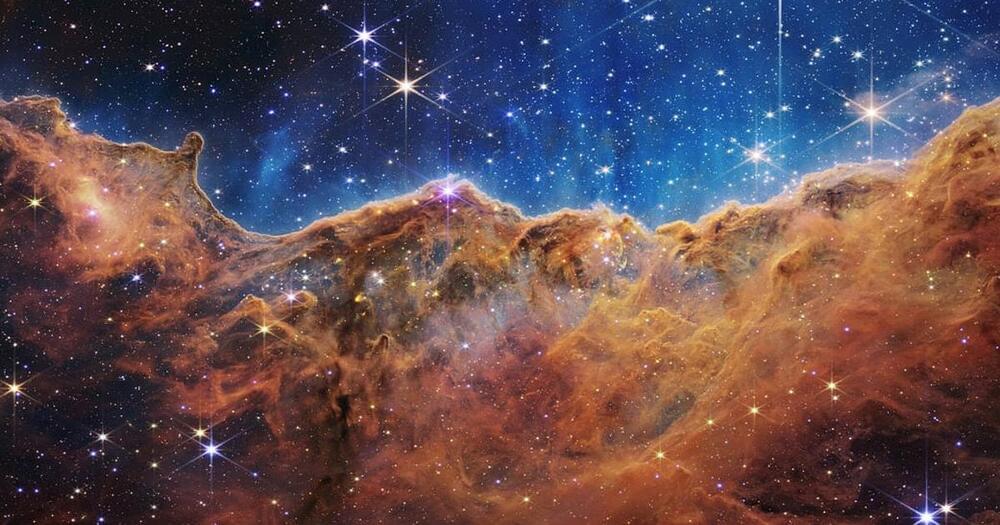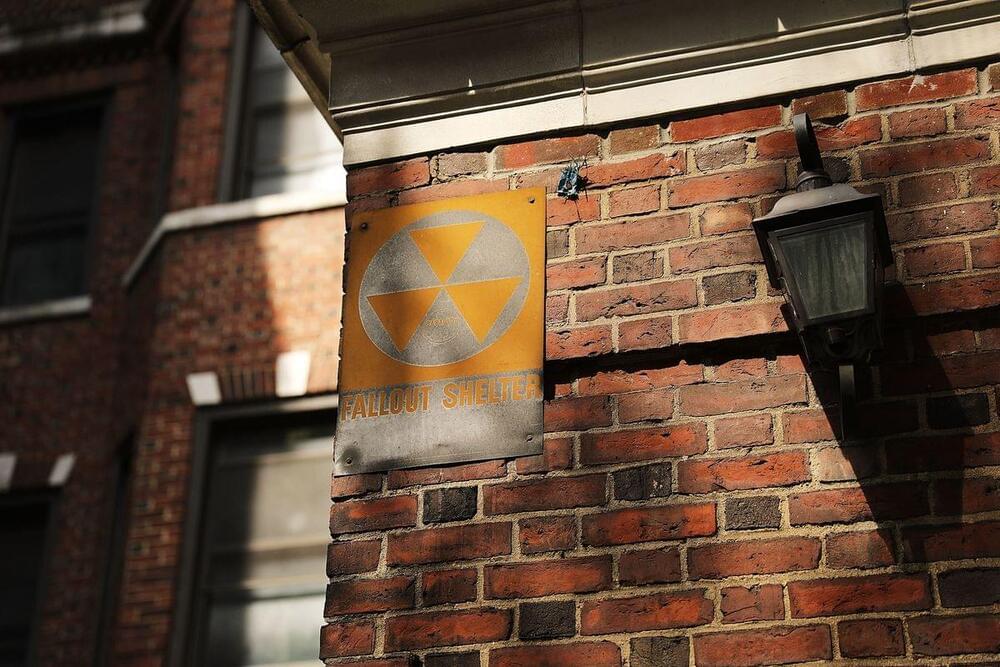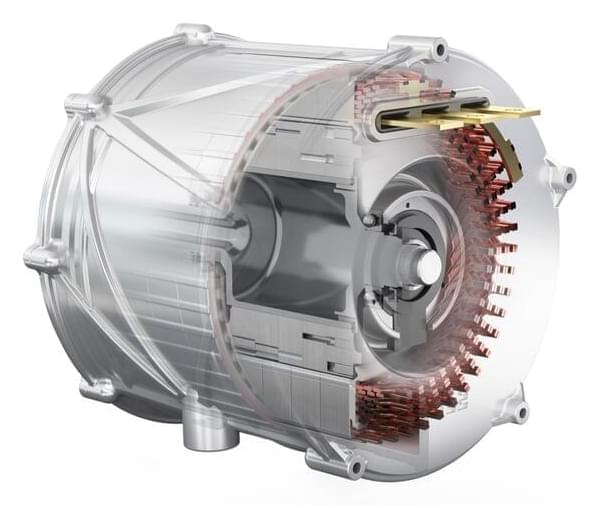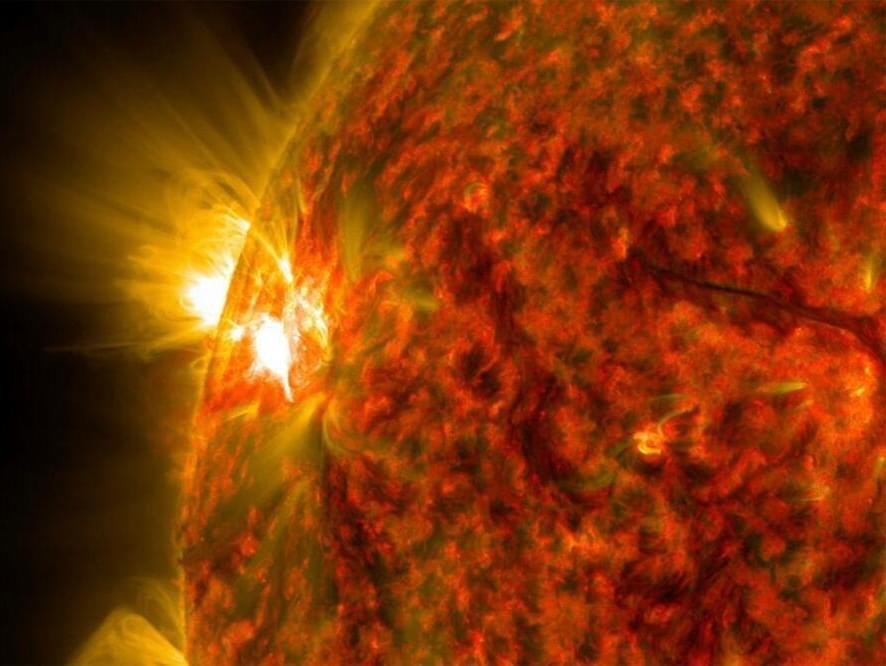Today is Microsoft’s July 2022 Patch Tuesday, and with it comes fixes for one actively exploited zero-day vulnerability and a total of 84 flaws.


Visit our sponsor, Brilliant: https://brilliant.org/IsaacArthur/
H.P. Lovecraft is known as the father of the Cosmic Horror genre of fiction. The creator of Cthulhu and many other terrifying dark gods in his novels paints a bleak and decaying view of our world and the Universe. Today we’ll examine what it might imply if that nihilistic and grim view of reality was correct.
Visit our Website: http://www.isaacarthur.net.
Support us on Patreon: https://www.patreon.com/IsaacArthur.
SFIA Merchandise available: https://www.signil.com/sfia/
Social Media:
Facebook Group: https://www.facebook.com/groups/1583992725237264/
Reddit: https://www.reddit.com/r/IsaacArthur/
Twitter: https://twitter.com/Isaac_A_Arthur on Twitter and RT our future content.
SFIA Discord Server: https://discord.gg/53GAShE
Listen or Download the audio of this episode from Soundcloud: Episode’s Audio-only version: https://soundcloud.com/isaac-arthur-148927746/gods-and-monsters.
Episode’s Narration-only version: https://soundcloud.com/isaac-arthur-148927746/gods-and-monsters-narration-only.
Credits:
Gods & Monsters: Space as Lovecraft Envisioned it.
Episode 214, Season 5 E48
Written by.


In the event of a nuclear disaster, would you know what to do? If you’re a New York City resident, there’s a YouTube video for that.
The city’s Department of Emergency Management released a public service announcement video outlining the three steps that residents should take in case of a nuclear attack.



The Sun is expected to explode any day now.
Solar researchers have their eye on a massive sunspot dubbed AR3055, which measures more than 6,100 miles wide. These regions, which appear as dark moles on the surface of the Sun, are concentrations of relatively cooler temperatures caused by a magnetic flux.
“There is an incredible-looking sunspot crossing the center of the solar disk and a new large dark core has just appeared on the limb,” astronomer Apollo Lasky said in a Monday statement published on SpaceWeather.com.

The Neuro-Network.
𝐃𝐮𝐫𝐢𝐧𝐠 𝐬𝐥𝐞𝐞𝐩 𝐭𝐡𝐞 𝐛𝐫𝐚𝐢𝐧’𝐬 𝐫𝐞𝐚𝐜𝐭𝐢𝐨𝐧 𝐭𝐨 𝐬𝐨𝐮𝐧𝐝 𝐫𝐞𝐦𝐚𝐢𝐧𝐬 𝐬𝐭𝐫𝐨𝐧𝐠 𝐛𝐮𝐭 𝐨𝐧𝐞 𝐜𝐫𝐢𝐭𝐢𝐜𝐚𝐥 𝐟𝐞𝐚𝐭𝐮𝐫𝐞 𝐨𝐟 𝐜𝐨𝐧𝐬𝐜𝐢𝐨𝐮𝐬 𝐚𝐭𝐭𝐞𝐧𝐭𝐢𝐨𝐧 𝐝𝐢𝐬𝐚𝐩𝐩𝐞𝐚𝐫𝐬
𝘼 𝙣𝙚𝙬 𝙙𝙞𝙨𝙘𝙤𝙫𝙚𝙧𝙮 𝙛𝙧𝙤𝙢 𝙏𝙚𝙡 𝘼𝙫𝙞𝙫 𝙐𝙣𝙞𝙫𝙚𝙧𝙨𝙞𝙩𝙮 𝙢𝙖… See more.
A new discovery from Tel Aviv University may provide a key to a great scientific enigma: How does the awake brain transform sensory input into a conscious experience? The groundbreaking study relied on data collected from electrodes implanted, for medical purposes, deep in the human brain. The information was utilized to examine differences between the response of the cerebral cortex to sounds in sleep vs. wakefulness, at a resolution of single neurons.

